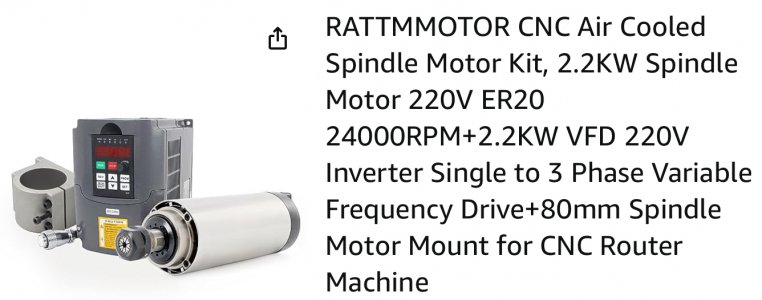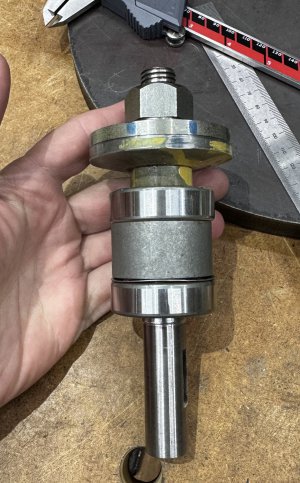- Joined
- Mar 23, 2021
- Messages
- 357
Hey all, I’m playing around with the idea of building a tool post grinder. I have various designs in mind depending on the motor I end up using.
I am wondering what your thoughts are regarding this motor:

It would easily provide the necessary RPM for small wheels for internal grinding, and with the proper pulley arrangement to keep motor RPM up and wheel RPM down I wonder if it would have the power run a larger (4-6”) wheel for external grinding.
But not understanding everything I should about electric motors I suspect I may be missing something here that would tell me that this is not actually a good motor candidate for this use?
Edit: In case it is relevant, this will be used on a PM1440GT.
I am wondering what your thoughts are regarding this motor:

It would easily provide the necessary RPM for small wheels for internal grinding, and with the proper pulley arrangement to keep motor RPM up and wheel RPM down I wonder if it would have the power run a larger (4-6”) wheel for external grinding.
But not understanding everything I should about electric motors I suspect I may be missing something here that would tell me that this is not actually a good motor candidate for this use?
Edit: In case it is relevant, this will be used on a PM1440GT.
Last edited:


